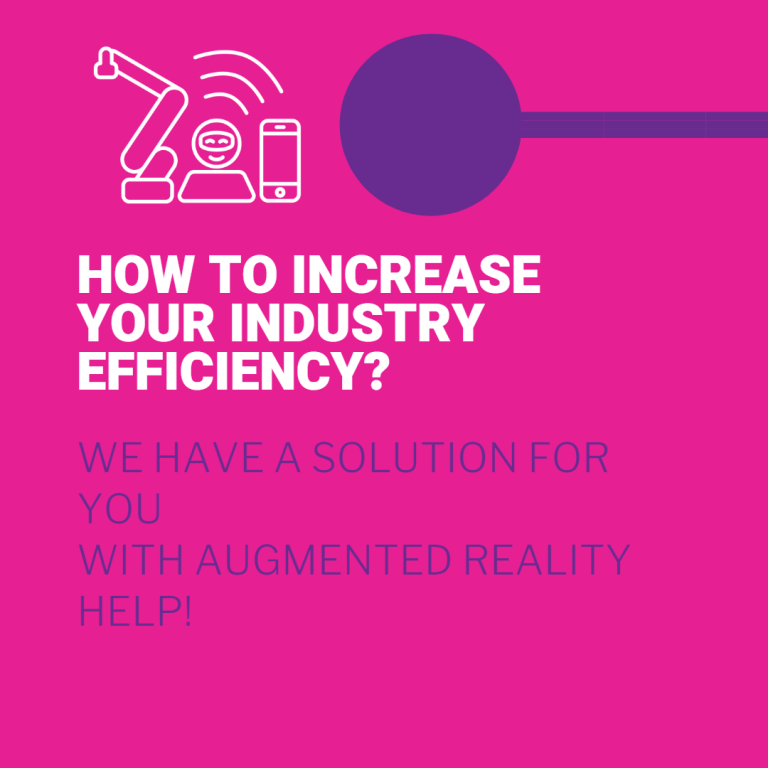Subscribe
Subscribe now and you will be updated for any news about the IoT word
[reading_time word=’540′ lan=’eng’]
Continue reading below

Augmented reality in industrial applications can have many uses, for example, staff training or helping another person by remote specialised people. The previous AR uses are just a minimum of how we can use this technology; it is distributable and applicable to any problem.
Our strength is that we can create ad-hoc customised solutions to the client’s problem. We have considerable technical knowledge that permits us to adapt AR to any field.
Using AR nowadays allows us to be more efficient, avoiding losing time repeating the same operation. Think about how many times an industry repeats the same staff training; saving time means saving money and energy, and in current days it is a good idea.
Least but not for importance, this technology permits us to be more ecological and pay attention to our world. Considering one of the above examples, we can avoid personal moving using the remote connection, and it can earn money and CO2 etc…
As previously said, the augmented reality project will be studied and customised to the client’s needs regarding the used devices and the software needed.
At this level, it is crucial to analyse the current devices on the market, considering that our object is to integrate the devices on the market with the customised software to achieve the client’s solutions.
We have a smartphone, everyone brings a mobile phone with them, and most of the current devices in commerce are augmented reality compatible. It is an instrument with little economic effort because everyone has one. The AR can be easily integrated into a mobile phone using the frontal or back camera. Then the user can watch the environment with additional elements.
In the following, we have the visor. In this case, like for the mobile device, we add elements to the external environment, but now, we have a more immersive solution. The user will be more involved with the modified environment.
Less immersive than the previous device, we have the glasses, AR glasses, it is true that they also are immersive, but in this case, the user can see out of the glasses field, whereas in the previous device, it could not. This device’s user cannot lose touch with reality besides the last one.
To clarify, we want to make an example for many industrial applications.
The problem is the staff training to teach a new task or to help the user to remember a job done not most commonly.
A way to initialize the procedure can be to scan a QR code or a tag. Once checked, the operator starts a digital guide, showing step-by-step the task to be done.
[contact_form subject=’AR’ lan=’eng’]
Subscribe now and you will be updated for any news about the IoT word